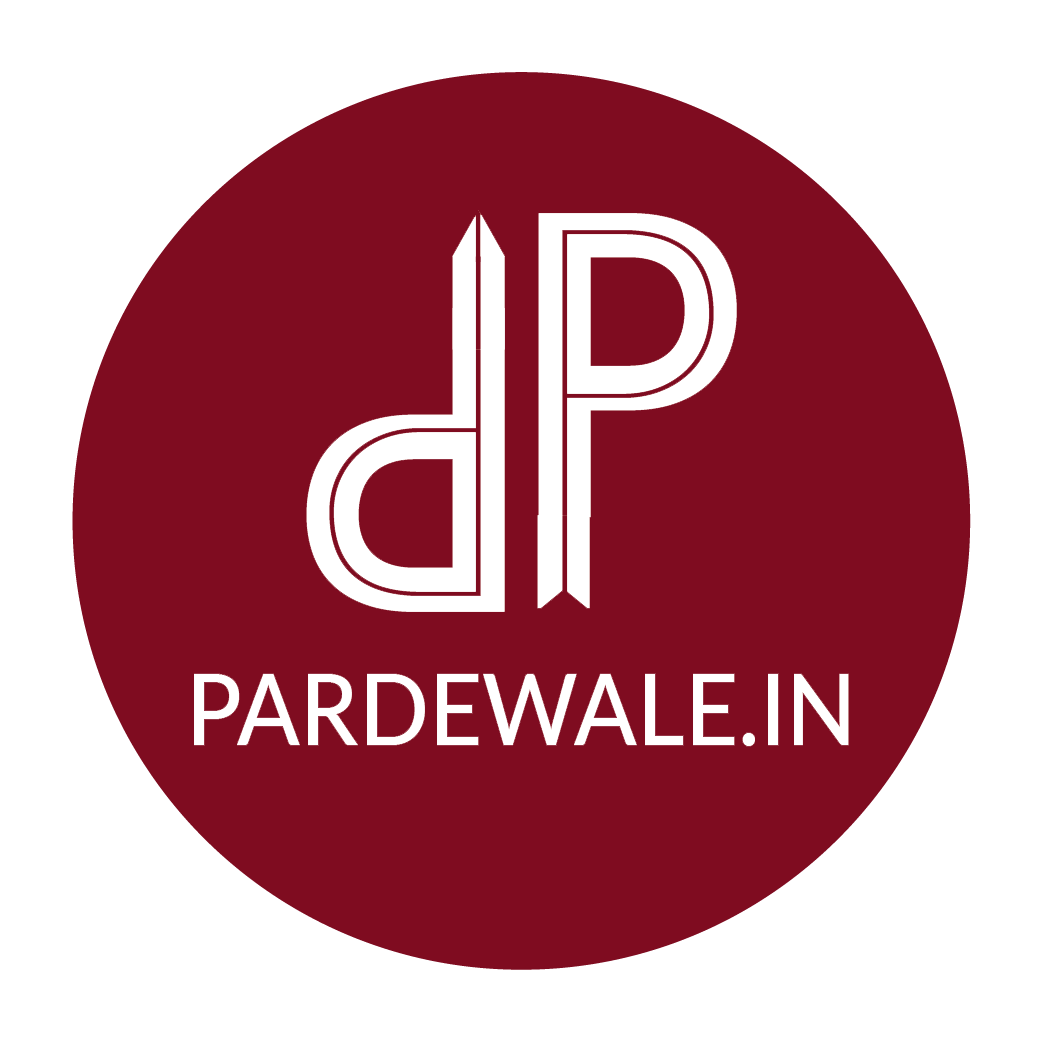Curtain pleats not only add a decorative element to window treatments but also play a functional role in controlling the fullness and appearance of the curtains. Each pleat style creates a distinct effect and can significantly impact the overall look of a room. In this blog, we will explore various types of curtain pleats and discuss their effects on the aesthetic appeal and functionality of your curtains.
Pinch Pleats:
Pinch pleats are classic and timeless, known for their elegant and structured appearance. They feature evenly spaced pleats that are pinched together at the top, creating a neat and tailored look. Pinch pleats provide a formal and traditional aesthetic, making them suitable for formal living rooms, dining rooms, or traditional-style interiors. They offer a medium to fullness, allowing the curtains to hang gracefully when closed and creating beautiful folds when opened.
Pencil Pleats:
Pencil pleats, also known as tape pleats, are versatile and widely used in various curtain styles. They consist of tightly gathered fabric, creating a series of small, uniform pleats. Pencil pleats offer a casual and relaxed look and can work well in both traditional and contemporary interiors. They provide adjustable fullness, allowing you to customize the width of the curtains. Pencil pleats are commonly used in bedrooms, living rooms, and home offices.
Goblet Pleats:
Goblet pleats are characterized by their distinctive, goblet-like shape at the top of each pleat. The pleats are larger and more pronounced, adding a touch of luxury and sophistication to curtains online. Goblet pleats create a formal and opulent appearance, making them ideal for formal dining rooms or luxurious master bedrooms. They work best with medium to heavy-weight fabrics and offer a structured and tailored look with a moderate fullness.
Box Pleats:
Box pleats feature wide, flat pleats that fold in alternating directions. They create a tailored and structured look and are often used with heavy or stiff fabrics that hold the pleats well. Box pleats offer a contemporary and modern aesthetic, making them suitable for minimalist or transitional interiors. They provide a medium to fullness, allowing the curtains to maintain a neat appearance whether open or closed.
Inverted Pleats:
Inverted pleats, also known as reverse pleats, offer a clean and streamlined look. The pleats are tucked inside the curtain panel, creating a seamless appearance from the front. Inverted pleats are versatile and work well with various fabric types, from lightweight sheers to heavy drapes. They offer a contemporary and tailored aesthetic, making them suitable for modern and minimalist interiors. Inverted pleats provide a medium to fullness, creating elegant folds and allowing the curtains to hang beautifully.
Rod Pocket Pleats:
Rod pocket pleats have a casual and effortless appearance. The fabric is gathered and sewn to create a pocket or sleeve along the top edge, allowing the curtain rod to be inserted directly. Rod pocket pleats offer a relaxed and informal look and work well with lightweight fabrics. They are commonly used in casual spaces such as bedrooms, kitchens, or informal living areas. Rod pocket pleats provide a soft and minimal fullness, allowing the curtains to gather gently when opened.
Conclusion:
Choosing the right type of home curtains online pleats can greatly enhance the overall aesthetic appeal and functionality of your window treatments. Pinch pleats offer a formal and tailored look, while pencil pleats provide versatility and adjustability. Goblet pleats exude luxury and sophistication, while box pleats offer a contemporary and structured appearance. Inverted pleats create a seamless and modern look, and rod pocket pleats provide a casual and effortless vibe. Consider the style of your space, the desired level of formality, and the fabric characteristics when selecting the perfect pleat style for your curtains.

